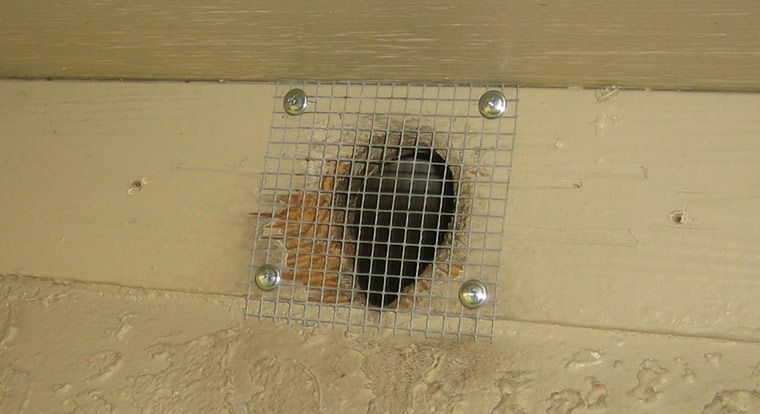-
info@aaanimalcontrol.com
Call us for help in your town
Humane Wildlife Education
Repairing Different Types of Wildlife Damage and Entry Holes
Need wildlife removal in your hometown? We service over 500 USA locations! Click here to hire us in your town and check prices - updated for year 2020.
Your home is the most important purchase that you will make in your life. Because of this, you want to do all that you can to protect your investment and to make it look as beautiful as it can be. Unfortunately, a wild animal can ruin that as they dig their way into the walls of your home, creating a lot of mess and destruction in their aftermath.

Even after you get rid of them your work is not done. There is still a lot of cleanup that you have to do as well as fix the places where they are gaining access. If you wanting to know how to repair different types of wildlife damage and entry holes, here is some information that you need to know.
The first thing that you want to do is to make sure that these animals cannot get back in. This means you need to go around your home and find places where they can gain access. Places like loose boards, holes, breaks, and cracks present the perfect opportunity for a squirrel, bird, fox, raccoon or other animal to find their way into your home.
Loose boards can be fixed by renailing them and sealing them tightly. Holes can be a different kind of challenge. You need to make sure that you fill the hole thoroughly. It is a good idea to put some steel wool in the caulk or whatever product you use to close the hole, so that it will stop the animals from digging their way back through. You may also want to attach a steel screen over this area as well, at least for a time, so that they can't even gain access to the area.
The damage that these animals can cause can be considerable. If they get into your attic, it is likely that they will build a nest there, often using your insulation as part of their bedding. Because these animals carry diseases and parasites, it is best that your throw out anything that they have used for a bed or where they have relieved themselves. It is expensive to replace many of these items, but to not do so is simply unsafe. You need to take the proper precautions to make sure that you have kept your home as safe as possible, and your health is part of meeting that goal.
If they have gotten within the walls of your home, then you want to make sure that you clean these areas well and also check to make sure that they have not chewed entry ways into the main part of your home. This may require you to remove a piece of drywall to take a good look. This is a lot of work, but you want to make sure that they have not left large waste deposits behind which can pose a serious health risk to you, your family, and your pets. Make sure that you clean thoroughly using bleach or ammonia.
For more information, you may want to click on one of these guides that I wrote:
How To Guide: Who should I hire? - What questions to ask, to look for, who NOT to hire.
How To Guide: do it yourself! - Advice on saving money by doing wildlife removal yourself.
Guide: How much does wildlife removal cost? - Analysis of wildlife control prices.
Animals in the attic - read about the common species.
Noises in the attic - how to identify critters by their sounds.
Do snakes dig holes?


















